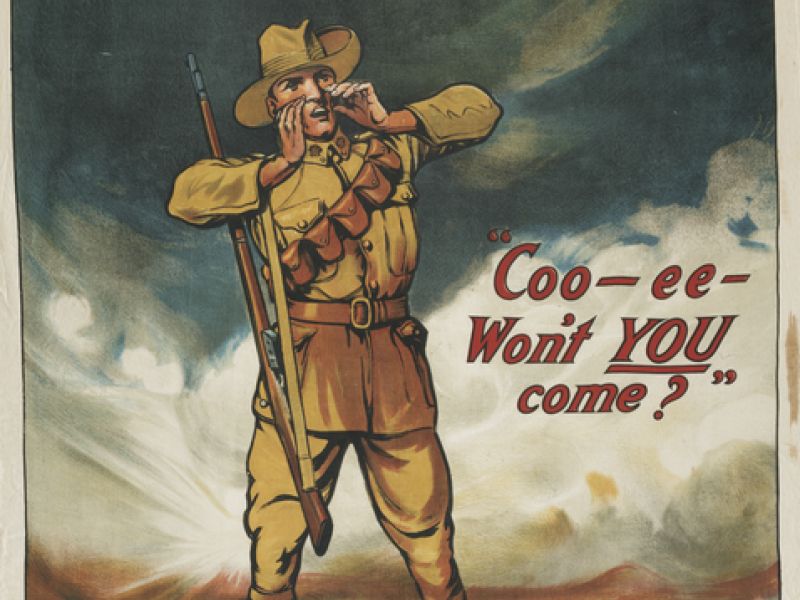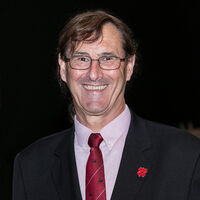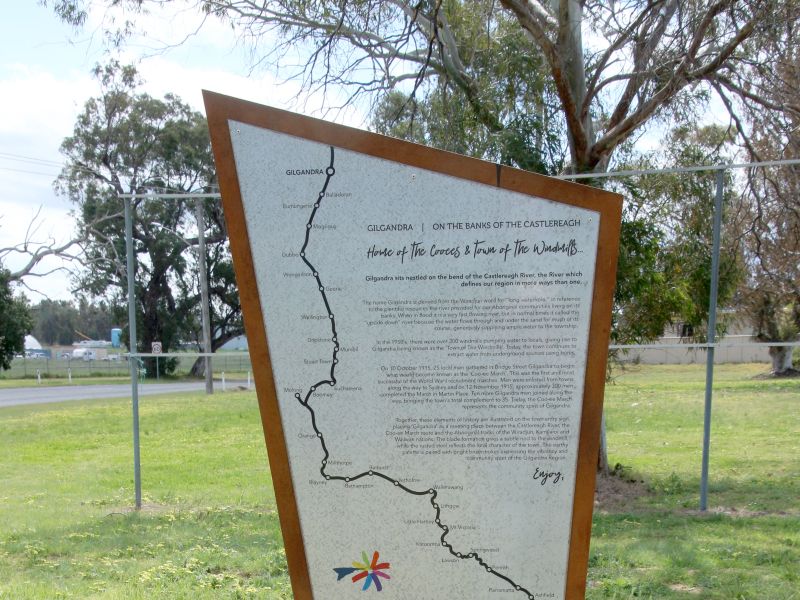The Coo-ee March
Australia’s recruitment for the First World War began quickly as men flocked to recruiting depots to join up. That initial enthusiasm was dulled though as Australian newspapers began to carry stories of the stalemate of the Gallipoli campaign and the casualty lists became longer.
The number of men reporting to recruiting depots dropped but there were still those who saw enlistment as their ‘duty to Empire’. Two such men were Gilgandra brothers, Richard and William Hitchen.
The Hitchen brothers devised a plan for a recruitment march, a group of willing volunteers from country areas who would march from Gilgandra to Sydney, with rallies along the way to encourage further recruits to join them. This march was to become famous as the Coo-ee Recruitment March and was the first of the recruiting marches organised in New South Wales during 1915.
The march began from Gilgandra on the 10th of October 1915, with ‘Captain Bill’ Hitchen at its head (Hitchen was Captain of the local rifle club). Eventually, 263 men answered the call of “Coo-ee! Won’t You Come” (from a popular recruiting poster of the time), and joined the march from towns and villages along the route to Sydney. One young man, William Hunter, joined the march at Geurie. When the march arrived in Orange, William received a letter from his mother that told him that his two older brothers had been killed in action at Gallipoli.
The men arrived in Sydney after five wearying weeks on the road. There the Prime Minister, Billy Hughes, and a crowd of perhaps 100,000 people gave them a rousing welcome.
Upon formal enlistment, many of the men were sent as reinforcements to the 13th Infantry Battalion of the Australian Imperial Force. Some, including Bill Hitchen, were allocated to the 45th Infantry Battalion. Others were allocated to other units, including the Light Horse and Artillery units.
Of the 263 men from the march who enlisted, around 220 served overseas. Of those, 41 died, including ‘Captain Bill’ Hitchen. The headstone on his grave at the Harefield (St. Mary’s) Churchyard at Harefield, England, shows his age as 44 years, the age he gave on enlistment. He was actually 51 years old.
William Hunter’s mother was to lose her third son; he was killed in action at Pozieres.
Charles Hampson was one of the youngest Coo-ee marchers. He joined at Lithgow, stating his age as 17 years eight months although he was actually exactly one year younger. When his father, Lightfoot Hampson, heard of his son's enlistment, he followed the Coo-ees and joined them at Springwood. The Hampsons were enlisted with the consecutive numbers 4789 and 4790, and were allocated to the 10th Brigade, Australian Field Artillery. Charles was killed in action in France on the 28th of April 1918. His father survived the war and returned to Australia in May 1919.
Sources:
AWM website
cooeemarch1915.com
The Coo-ee March : Gilgandra – Sydney 1915 by John Meredith (Dubbo : Macquarie Publications, 1981).
Australian Reserve Forces Day website: www.rfd.org.au/documents/cooee_story.pdf

 Henry C Moulds
Henry C Moulds